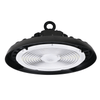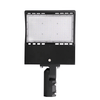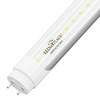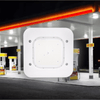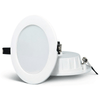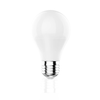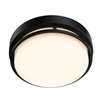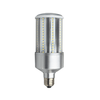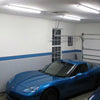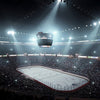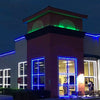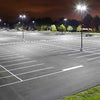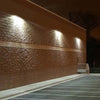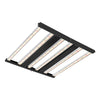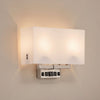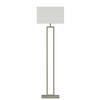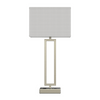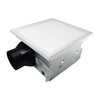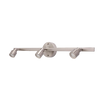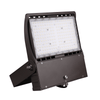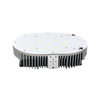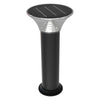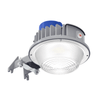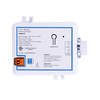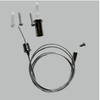A recent development by the collaborative efforts of scientists from the City University of Hong Kong (CityU) can revolutionize the water-based electricity generation.
Droplet-based electricity generator(DEG) has a field-effect transistor(FET) structure. Thanks to a new process(published in the journal ‘Nature’ under the title“A droplet-based electricity generator with high instantaneous power density”), it allows for highly efficient energy conversion. The instantaneous power output is amplified by 1000 times compared to FETs( 50.1 W/m2).
The older droplet energy generator was based on the triboelectric effect. When a water drop hits a surface, electricity is generated due to electrostatic induction. This process is limited to a shallow surface area, so the amount of electricity induced is next to nothing.
The new research revealed some mind-boggling figures. The new technology, which incorporates the FET like structure to delivers when subjected to a drop of 100 microlitres dropped from a height of 15 cm, can generate 140 volts of electricity. This voltage is enough to light up 100 LED bulbs.
How Does The Raindrop Electricity Generator Work?
The structure goes like this- An aluminum electrode and an indium tin oxide electrode with a thin PTFE layer on it. PTFE has a “quasi-permanent” electric charge, and it is responsible for charge generation, storage, and induction. When a water drop falls on the surface and hits it, it bridges the gap between the aluminum electrode and the PTTE electrode. This makes a closed current circuit loop.
When water droplets continuously hit the surface of PTFE, the surface charge will grow to the point of saturation. Water keeps on accumulating to the point when they get in contact with each other, and when the contact happens, all the charge on the PTFE is all suspended for the generation of electric current.
Implications On Renewable Sources Of Energy
Professor Wang from the research team is hopeful about new doors; this development will open for sustainable energy. The possibilities are endless. There is an infinite number of “mini designs” possible which could be installed on different surfaces to capitalize on the minimalism of this technology.





